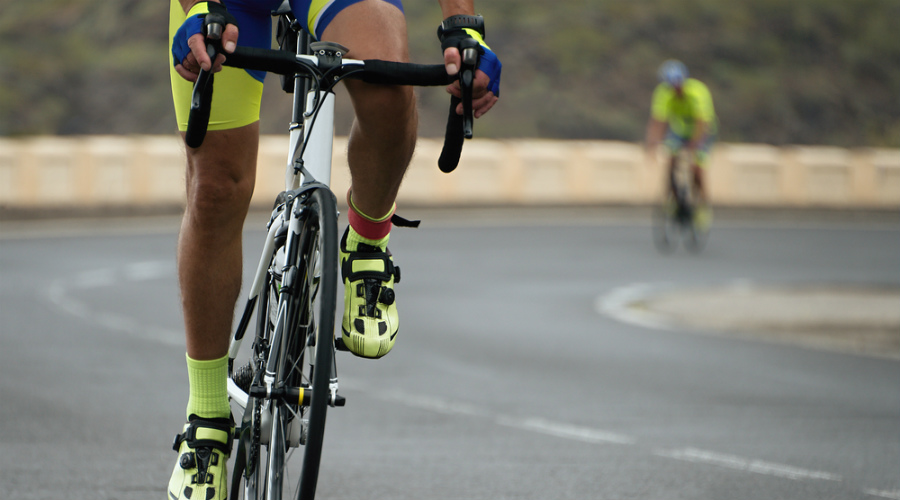You remember them? For many of the current cycling fans, the 80s and 90s of the twentieth century assumed the first contact with the world of pedals.
The television retransmissions of the great cycling laps led to the Hall of the House, and in the eyes of many children, great deeds in the Tour of Spain, the Tour of Italy or the Tour de France.
They also turned cyclists who, over the years, have gathered the best pages in the history of this sport. In that sentimental memory there is a very special hole for Colombian professionals.
Cyclists from a place that at that time seemed very distant and sometimes they were seen as authentic mountain specialists for the rest of the platoon. Today we name again on those selfless mountain fighters that made us vibrate on the couch.

Lucho Herrera, the precursor
Lucho Herrera was the predecessor of the figure of the Colombian climber who triumphs in Europe. Before their meteoric emerge
The Fusagasugá Garden, as he nicknamed, he broke all the molds.
He won 3 stages of the Tour (among them, in the Alpe d'Huez) and another 3 in the turn, as well as the general victories in the mountain in the late 80s. But his greatest deed arrived in 1987, when he turned around To Spain, together with a stage and the classification of the mountain.
Rivals such as Laurent Fignon or Pedro Delgado could not approach less than 3 minutes from the Varta-Café Pilas Corridor of Colombia, a tyrant in the mountain and a cunning strategist in the flat stages. Today, with 56 years, he is considered a national hero in his country.
https://youtu.be/XS7qNLEIHtc
Fabio Parra, the most complete
If Lucho Herrera opened roads that until then seemed vetoed for Colombian cyclists, Fabio Parra expanded them. The Kelme corridor or Amayaya insurance not only developed well in the mountain, but also offered a more than acceptable performance in the counterreloj stages.
Fruit of this versatility were the third drawer of the podium in the Tour of France of 1988 - that of Perico Delgado - and the second in the return to Spain of 1989. As for that third place in the Elíseos fields, it was the first time that A Colombian arrived so high.
Until in 2013 and 2015 Nairo Quintana was running runner -up of the Gala Round, in Colombia it was considered a very difficult feat to repeat.
For the memory remains stage 13 of the return to Spain of 1991, between Ezcaray and Valdezcaray (La Rioja), a demanding chrono -scalled in which he surpassed Miguel Induráin, Anselmo strong or Perico Delgado. In that sixth participation in the Spanish competition, which Melchor Mauri won, he would achieve the fifth final place.
https://youtu.be/ws54dHNZYc8
Oliverio Rincón, the successor
Oliverio Rincón Quintana was one of those climbers who put the name of Colombia very high in the 90s. He achieved something reserved for very few; Get at least one mountain stage in the three big laps.
Of very humble origins, his name entered the radar of public care when, with just 21 years, he snatched the return to Colombia from 1989 to Fabio Parra. Since then many considered him his natural successor.
Fourth in the return to Spain of 1993, many still remember their exhibition in stage 17, with the beginning in Santander and finish line in the Lagos de Covadonga. Neither the 231 kilometers of stage nor the 8 mountain ports intimidated the Colombian, to which only 31 seconds separated from third place occupied by Laudelino Cubino.
https://youtu.be/-RPv6KnlICI
Álvaro Mejía, with honey on the lips
Mejía, who is 50 years old today, was professional between 1989 and 1997. After showing his huge faculties in his native Colombia, in 1990 a confluence of factors caused the leap to Europe to debut in the Dauphiné I will free.
The French Alps witnessed their faculties, which allowed him to sign up for a stage and third place in the general. With 23 years he seemed prepared for everything in the old continent.
In 1991 he would impose himself in the return to Galicia, and two years later he would obtain what would be one of the greatest deeds of his career, fourth in the general of the Tour de France.
https://youtu.be/movtJM_VugA
For a whole summer he kept a country in suspense, Colombia, who saw the chosen one to place himself next to the largest. Not surprisingly, until the penultimate stage, of counterreloj, he was in the second place of the general behind Miguel Induráin.
Cycling was cruel to the Colombian, who had to do as Tony Rominger and Zenon Jaskula threw him out of the podium to place second and third, respectively.


